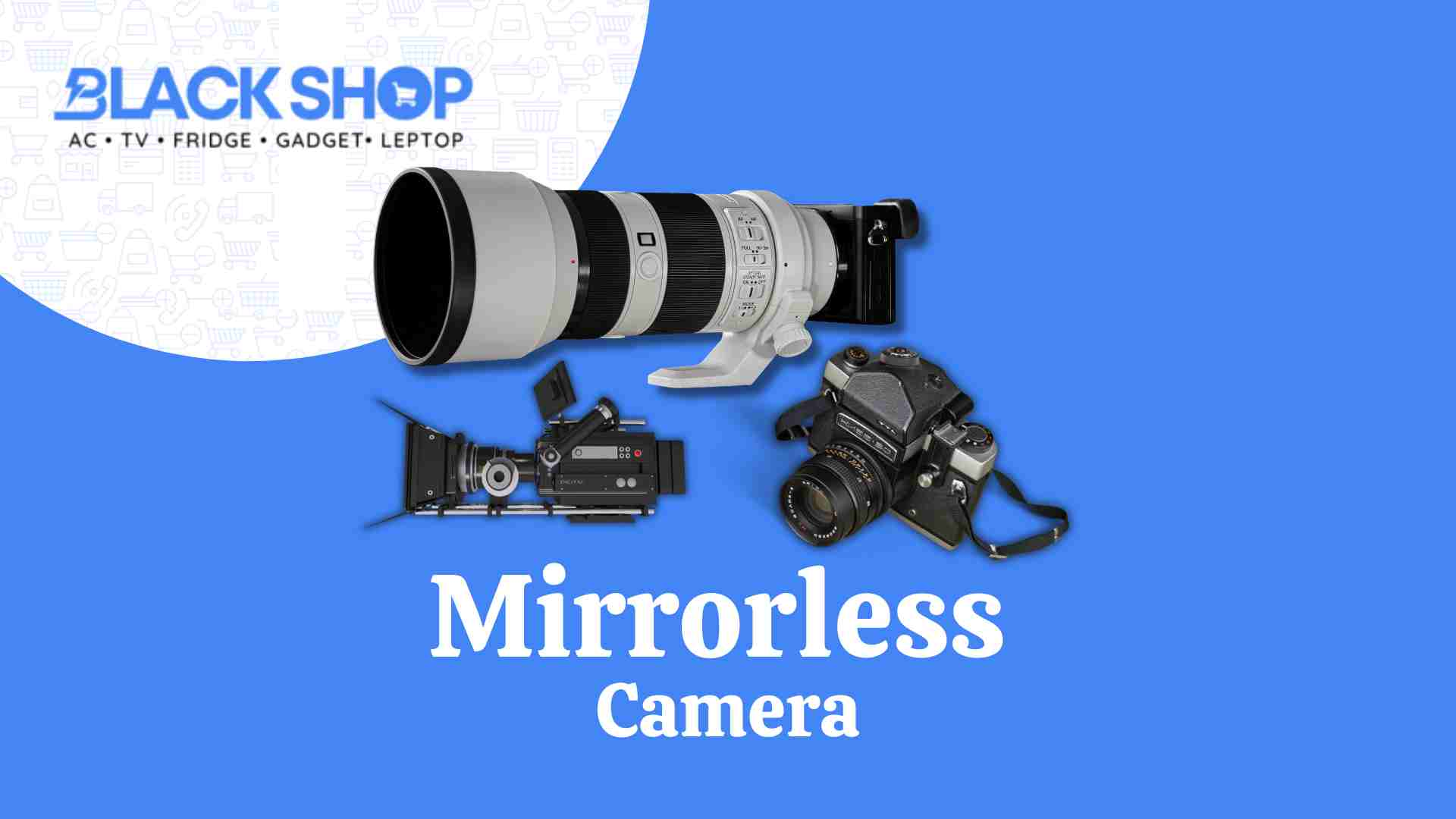A digital camera that doesn’t have an optical viewfinder is called a mirrorless interchangeable lens camera (MILC) or just a mirrorless camera. To compose photos, the mirrorless camera uses an electronic viewfinder or the camera’s back LCD screen instead of an optical viewfinder. What “mirrorless” means is that it doesn’t have a mirror device like a digital single-lens reflex (DSR) camera does.
Some of the most important things about compact cameras are:
1. Mirrorless Design: DSLRs use a mirror to send light from the lens to an optical viewfinder. Mirrorless cameras, on the other hand, don’t have a mirror mechanism. Light doesn’t go around the lens; it goes straight to the picture sensor.
2. Interchangeable Lenses: The fact that you can use different lenses with mobile cameras is one of their best features. This lets shooters pick lenses that are right for them, like a wide-angle lens for landscapes, a telephoto lens for wildlife, or a fast prime lens for when there isn’t much light.
3. Small and Lightweight: In general, mirrorless cameras are smaller and lighter than DSLRs because they don’t have the complicated mirror and prism system. This makes them a popular choice for shooters who want something that is easy to carry around.
4. With an electronic viewfinder (EVF) or an LCD screen: To compose photos with a mirrorless camera, you can use either the LCD screen or an electronic viewfinder (EVF). The electronic viewfinder shows the scene digitally, so shooters can check the exposure settings and see how changes are making the scene in real time.
5. Autofocus Systems: Mirrorless cameras have powerful autofocus systems that usually use contrast- or phase-detection autofocus that is built right into the sensor. Many new mirrorless cameras have fast and accurate autofocus, which makes them good for a wide range of shooting styles, such as sports and action.
6. Video Capabilities: Mirrorless cameras are famous for being able to take good videos. A lot of models come with great video recording features like 4K definition, fast frame rates, and advanced video autofocus.
7. Customization and Controls: Many mirrorless cameras have buttons and controls that can be changed, so shooters can make the camera’s settings fit their needs. Touchscreen interfaces are also popular, and they make it easy to move through menus and choose the focus point.
The eighth is in-body image stabilization (IBIS). In-body image stabilization is built into some compact cameras and helps lessen the effects of camera shake. This is very helpful when shooting with lenses that aren’t steady or at slower shutter speeds.
Sony, Canon, Nikon, Panasonic, Fujifilm, Olympus, and other names are well-known for their mirrorless cameras. To find the best mirrorless camera for your needs, think about things like the size of the sensor, the lenses that will work with it, how well the focusing works, whether it can record video, and how comfortable it is to hold.

